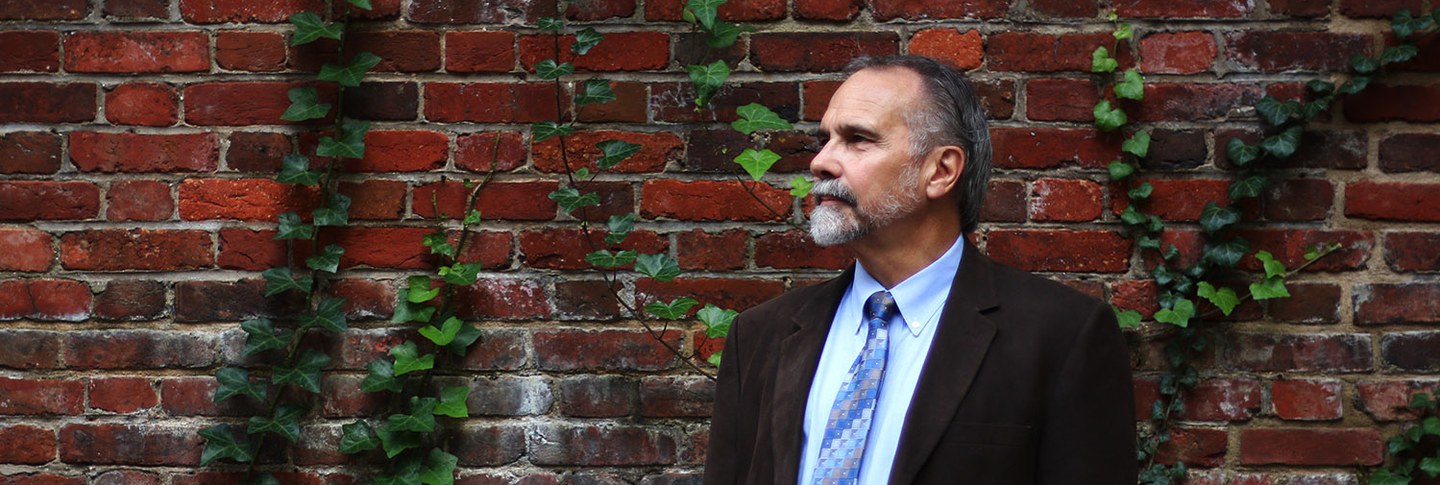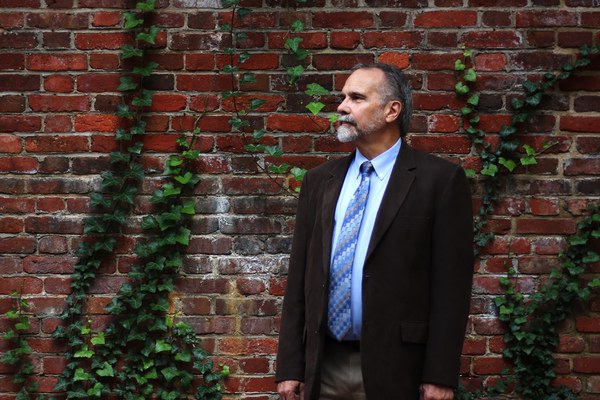James Zeidler, research scientist emeritus at Colorado State University, is a fellow in Pre-Columbian Studies. His recent research report, “Contextual and Iconographic Analysis of Pre-Hispanic Ceramic Artifacts from the Jama River Valley, Coastal Ecuador,” synergized archaeological and art-historical discoveries about ceramics in order to track the reach of an ancient South American society: the long Jama-Coaque cultural tradition extending from 250 BCE to 1532 CE.
Q&A with James Zeidler
Why study ceramics? And Jama-Coaque ceramics in particular?
Ceramics were ubiquitous in pre-Hispanic cultures. They were intimately involved literally in all aspects of Jama-Coaque society, from the household level of day-to-day cooking and eating to feasting ceremonies and religious rituals. Ceramic artifacts were a primary means of communicating social identity as well as ideological ideas.
When you compare their ceramics to those of neighboring Ecuadorian cultures, the Jama-Coaque were extremely important in several ways. One is simply the unique nature and variety of the imagery depicted in their large figural sculptures. Secondly, as my colleague [Dumbarton Oaks Professor of Pre-Columbian and Colonial Art] Tom Cummins has pointed out, Jama-Coaque artisans employed a very complex assembly process—using as many as ten separate molds of different sizes—to create different components of a single figural sculpture. And to that we can add the creative use of mineral pigments for painted decoration. Recent analytical studies have shown that the Jama-Coaque potters used sophisticated processing techniques resulting in nanoparticle-sized pigments, which provided better preservation of the fine-grained painted surfaces.
How does your work synergize archaeology and art history?
Our team conducted a systematic archeological survey that took us about four field seasons to complete. We located 230 archaeological sites and about 84 earthen platform mounds over the Jama valley landscape, with the largest mounds and the highest site densities found at three mound centers: San Isidro, Santa Rosa, and Zapallo. We have strong evidence that those were the seats of power—the centers of powerful but localized chiefdoms. And the settlement patterns and inferred site hierarchies make sense. We only need to look right here in the southeastern United States during the Mississippian period to see very strong similarities in terms of the size and spacing of small, autonomous chiefdoms, some of which may on occasion have dominated other centers.
But what I am recovering archaeologically is largely fragmented artifacts. And there are limitations on what you can accomplish through painstaking, very slow archaeological fieldwork. At Dumbarton Oaks, I’m reexamining my archaeological data in light of the enormous collections of whole ceramic pieces—acquired during a 40-year period of looting—that show up in public museums. Just in the one museum where I’m focusing my studies, the Museum of Anthropology and Contemporary Art in Guayaquil, there are over 8,000 complete Jama-Coaque ceramic pieces, including vessels and figural sculptures.
I’m pursuing an interpretative synergy between art-historical approaches and my archaeological studies. They’re like two parallel universes. I might find a small fragment of a headdress from a figurine, for example, and I can scour the museum collections and say, “it looks like it might be one of these.” By the same token, I can inform art historians and museum specialists about the nature of the archaeological contexts—whether the fragment is from a burial or a house floor or a ritual platform mound—information that is missing for the looted museum pieces. Together, art historians and archaeologists can accomplish things that neither of us could manage alone.
What has your research revealed about Jama-Coaque settlement patterns?
Take a very simple example: a flat-rimmed polypod bowl form used for serving food, with very strict adherence to standardized forms and a specific canon of decorative design. We track that form in space during one time period (Muchique Phase 2), and we see that the highest frequency is coming from the San Isidro mound center. The second tier of frequency of these vessels is at secondary mound centers around San Isidro. Then way out in the upland hinterlands at smaller sites, you'll find significantly fewer of these vessels. There's a fall-off, or attenuation rate, out of the center. That leads us to believe we're tracking a social sphere, or “community of practice” where there is an agreed-upon canon for a food vessel emanating out of a particular Jama-Coaque chiefdom.
Just one vessel form alone gives you a sense of the territorial extent of that chiefdom. But then you ask, can we replicate this kind of distribution if we look at other food vessels, if we look at figurines?
And then we start looking at other items besides ceramics, like shell, greenstone, or obsidian, and we might find similar attenuation rates. Since obsidian was such a valued item acquired from the Quito Basin 200 kilometers away, it’s likely that only the Jama-Coaque chiefly elites maintained these long-distance trade relations, supplying that area with highly prized Spondylus shell and other coastal products. These interactions give us an idea of the sociopolitical reach or influence of the Jama-Coaque mound centers.
Julia Ostmann is Postgraduate Writing and Reporting Fellow at Dumbarton Oaks. Photo by Elizabeth Muñoz Huber, Postgraduate Digital Media Fellow.

